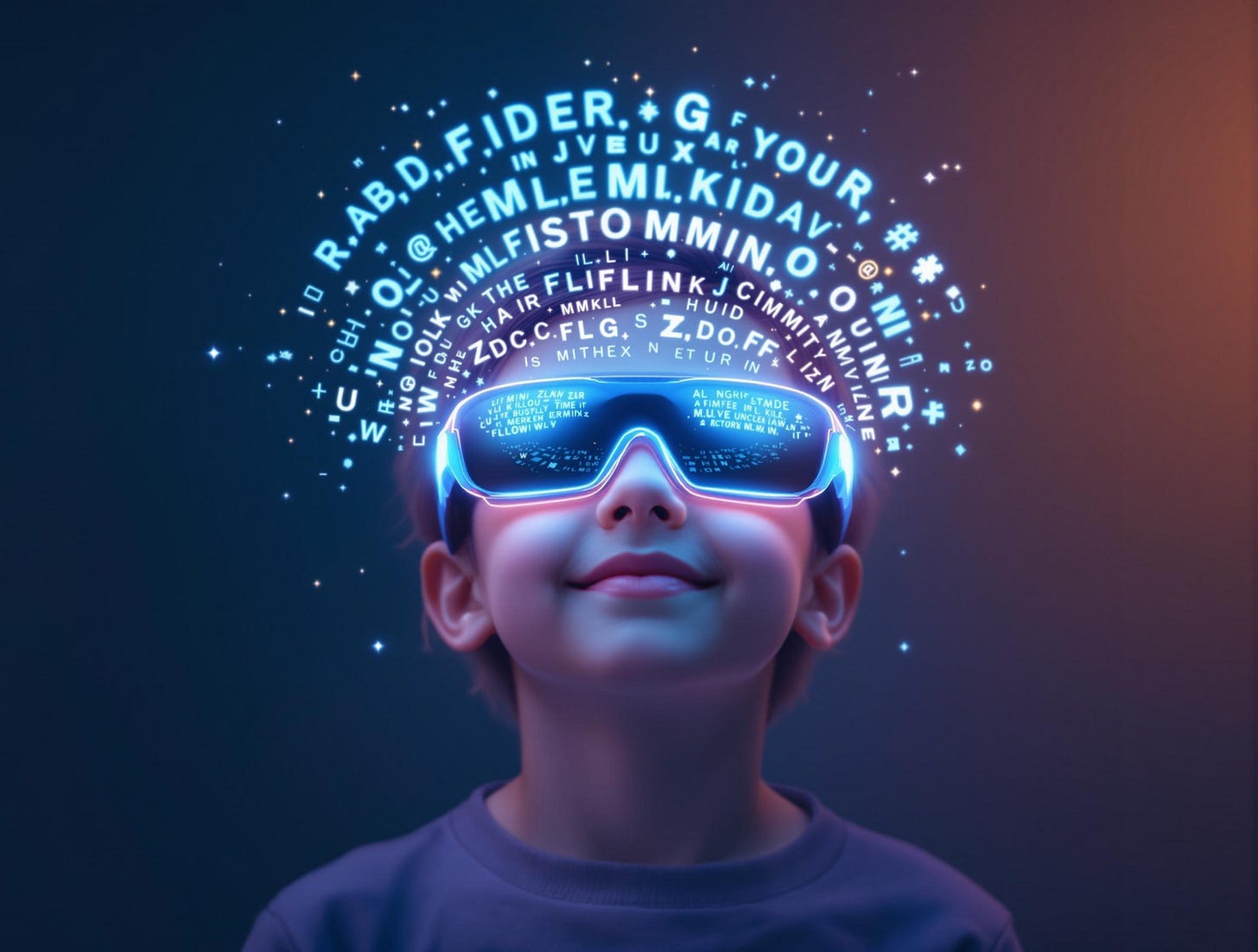How AI Can End Dyslexia
By Coral PS Hoh, PhD
Although dyslexia affects one in five people, it remains a confounding condition for many. Symptoms vary from person to person, and seemingly paradoxical behaviors appear in the same individual. Articulate in speech but unable to read the simplest words. Misspelling common words yet remembering events in great detail. Researchers have yet to reach a consensus on how to define dyslexia operationally.
Nevertheless, five decades of research have established that dyslexia is a language processing difficulty. Therefore, a solution to dyslexia requires a method that can address these factors:
1. The complexity of natural language. Language is made up of many components, such as sounds (phonological), meanings (semantic) and sentences (syntactic). These are investigated in Linguistics, the scientific study of natural language. Each component has its own subcomponents, codes, rules, principles and parameters. Think of it as a large computer operating system with millions of lines of different codes.
2. The complexity of language processing in the brain. Imagine reading a single word in a sentence. What processes must occur in the brain for you to recognize it? At the very least, these are activated: the orthographic (spelling), phonetic (sound), semantic (meaning), syntactic (collocation with other words in the sentence), etc. And that is only for one word in a sentence.
3. The speed of language processing. Phonological or sound processing in the brain occurs in 450 milliseconds. Lexical or word processing occurs in 200 milliseconds.
4. The diversity of the dyslexic population. Different components of the linguistic system may be running inefficiently to different degrees for different people. Any diagnostic or treatment method must therefore be customized to each individual.
To meet all these requirements, our firm developed an autonomous AI system that acts like an expert, evaluating and retraining each individual to process language efficiently. To interact with a user, Dysolve AI generates a language-based activity to collect information on how this person is processing some linguistic input. This activity is delivered as an online game to the user’s device.
Each Dysolve AI-generated game thus captures some information about specific language processes occurring in the user’s brain. For example, research shows that people with dyslexia have difficulty segmenting words into single sounds. Without this segmentation ability, decoding words to read and remembering word spellings become challenging.
Say a Dysolve AI game requires the user to break the word “pat” into single sounds. If the student makes a mistake with the first sound /p/, the AI system may generate a game that has the /b/ sound such as “bat” next. This is because /p/ and /b/ are both bilabials, produced by pursing the lips together. Thus, Dysolve AI acts like a forensics expert, following clues in a user’s game responses to trace processing errors to their sources.
Unlike tests and lessons in the past, this advanced AI technology gathers critical information specific to a person and builds an individualized intervention. Dysolve AI acts autonomously to make all decisions: from activity design to analysis to game generation. In fact, for dyslexia intervention, it must be autonomous AI because of the speed of language processing.
If an autonomous AI system can perform all the above, how efficacious would it be in correcting dyslexia? This is no longer a hypothetical question. Last year, a dozen people who had dyslexia reported to regional and national media that their reading difficulty had ended after using Dysolve AI. Many more will come forward this year.
The AI solution to dyslexia is newsworthy because of the size of the reading crisis in schools. About two thirds of American students fail to meet reading standards every year when tested in 4th, 8th and 12th grades. Failure rates are even higher post-COVID.
Dyslexia, classified as a learning disability, is the biggest category in special education. Special education, which includes dyslexia intervention, costs U.S. taxpayers over $120 billion a year. Despite the high expense, current methods leave students with dyslexia chronically struggling with reading, which means that the cost is incurred year after year. Resolving dyslexia thus benefits not only those with the condition but society as a whole.
This is just one example of how AI can be used to solve long-standing, previously intractable problems.
Coral Hoh is a clinical linguist with a PhD in Linguistics. For the past 30 years, she worked directly with the gifted, twice-exceptional and individuals with language disorders. She is the architect of Dysolve® AI and was granted patents by the U.S. and other countries for its autonomous AI technology. Dr. Hoh co-founded the AI firm, EduNational LLC, and currently serves as its CEO.


